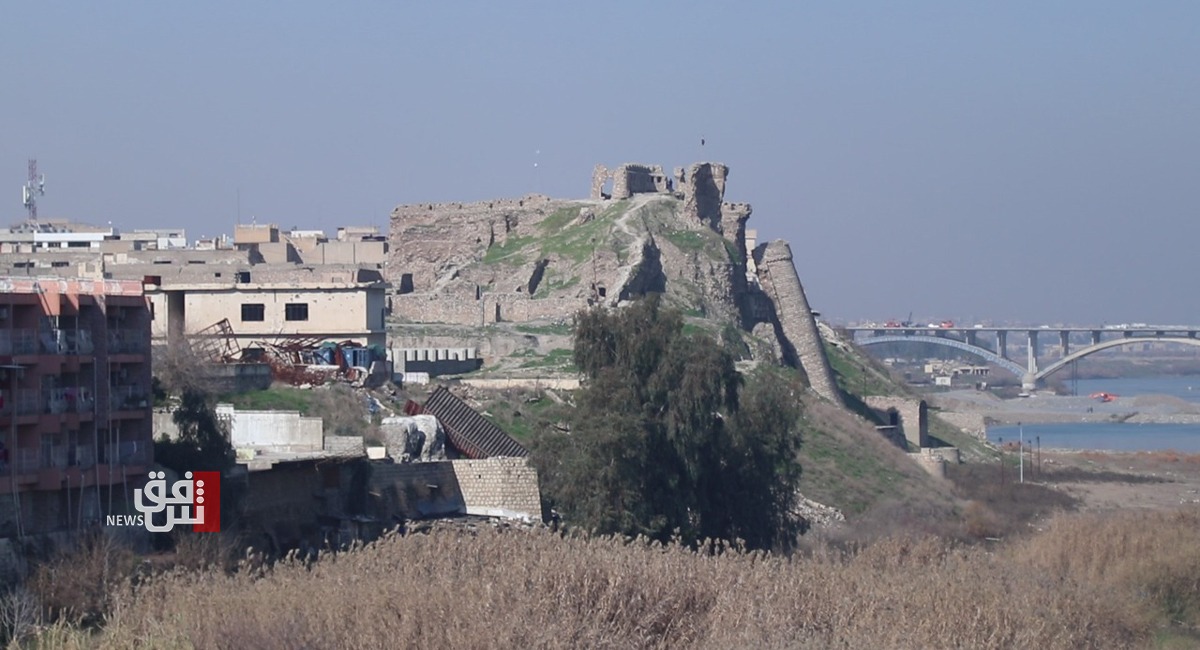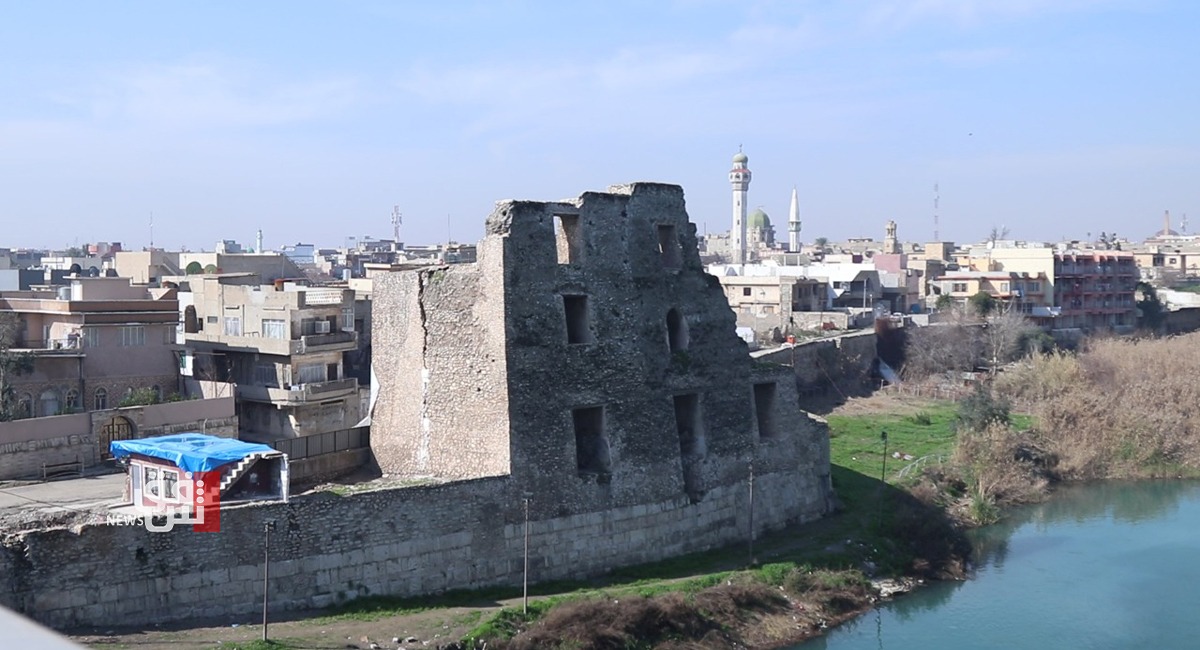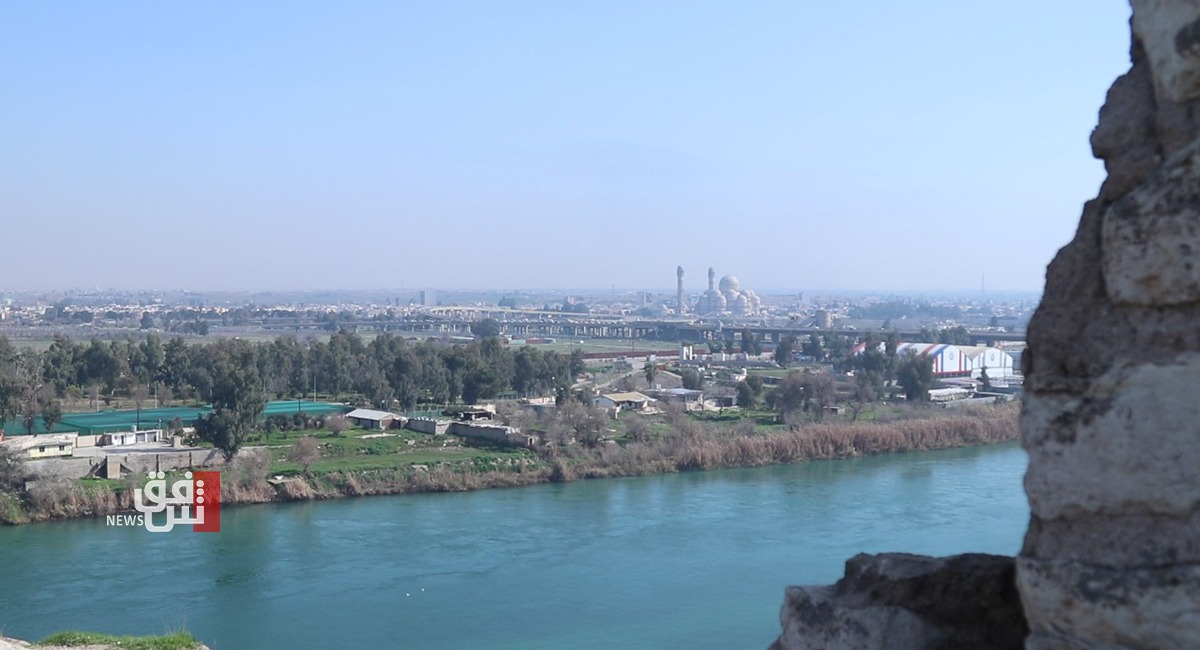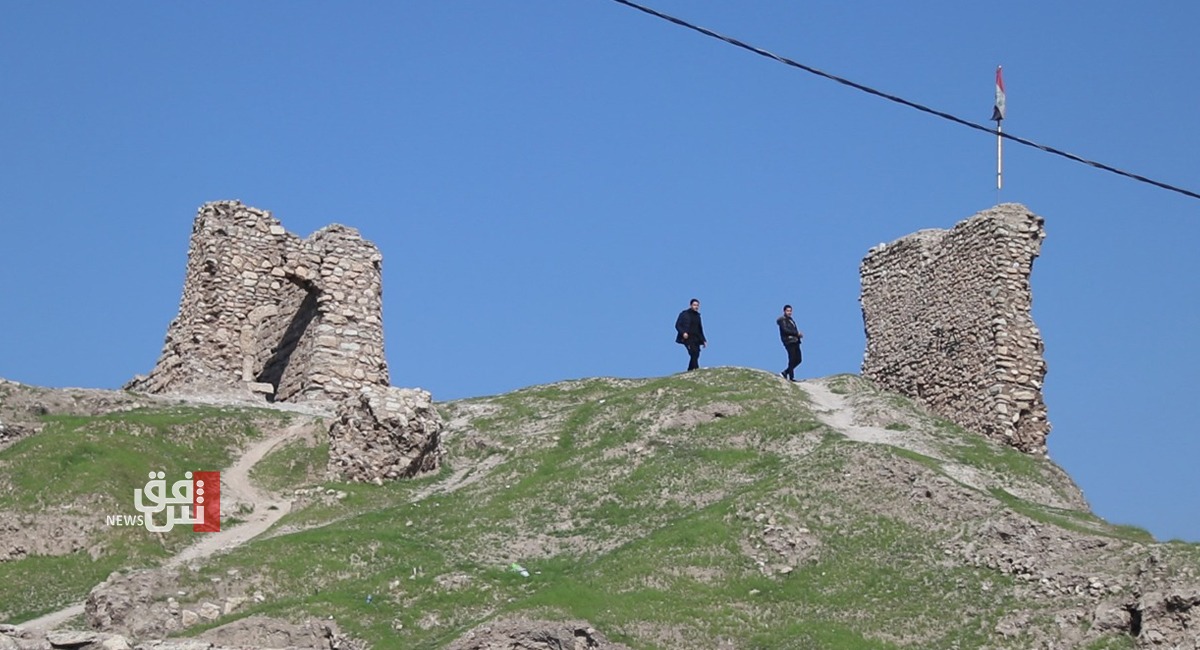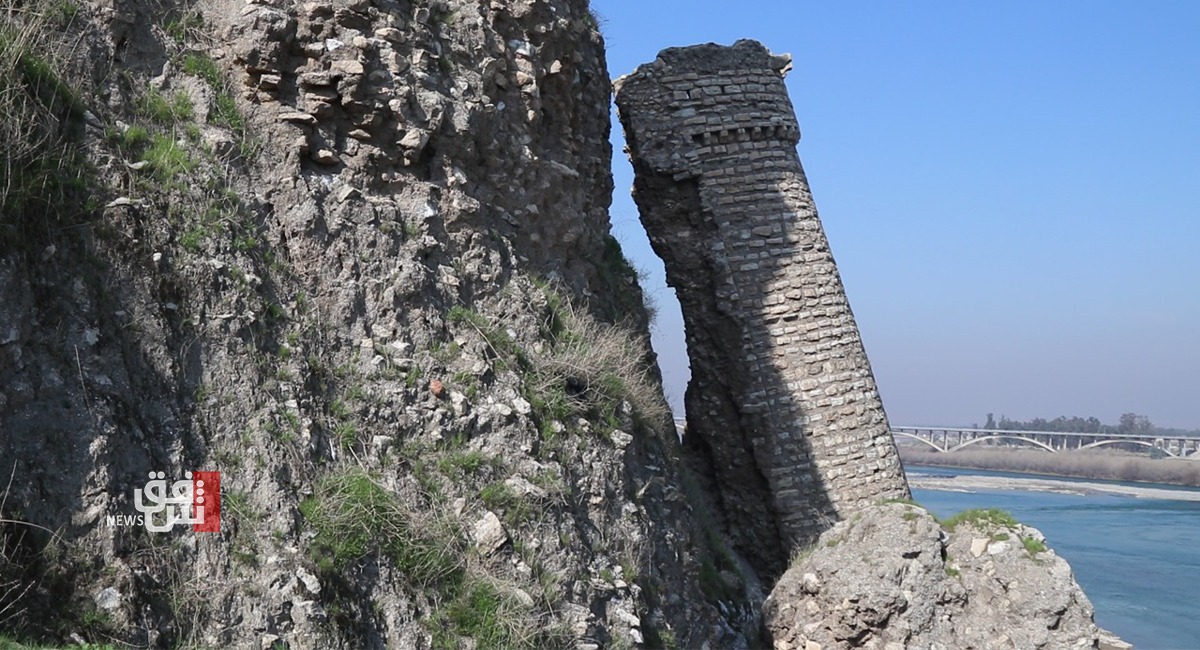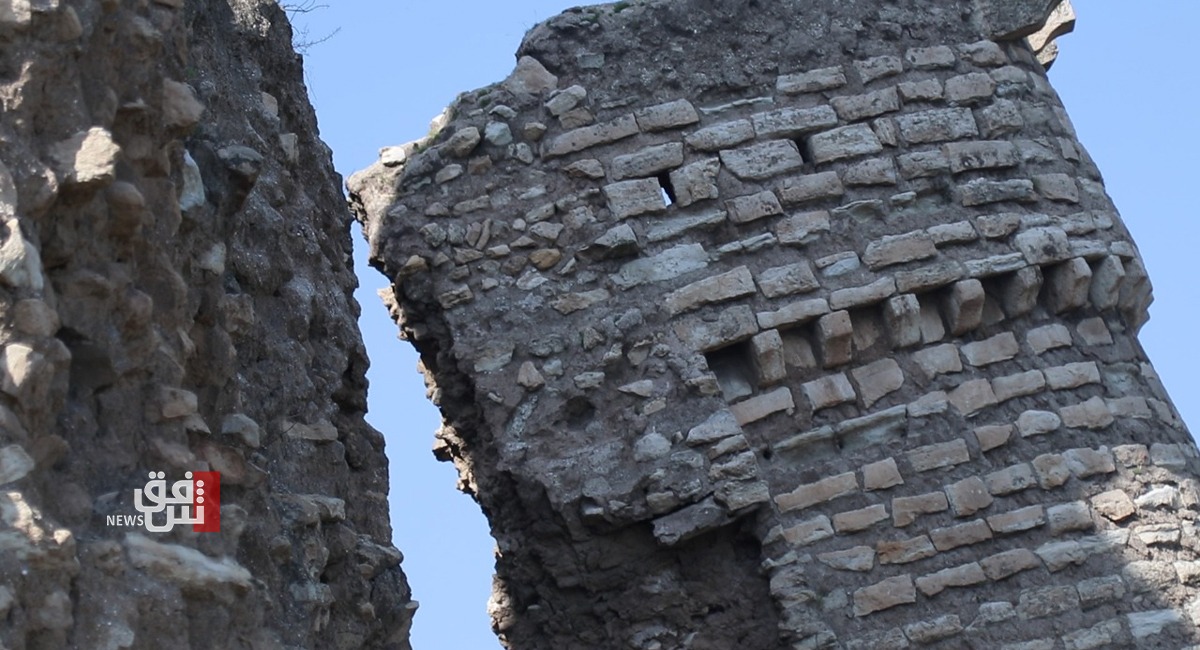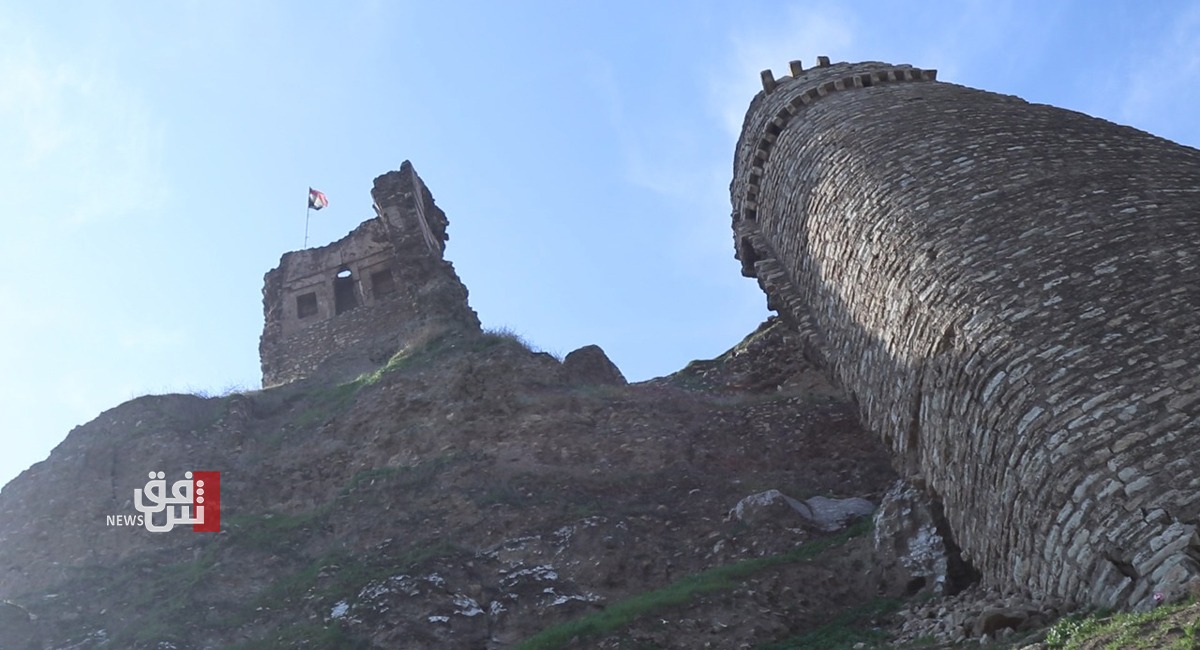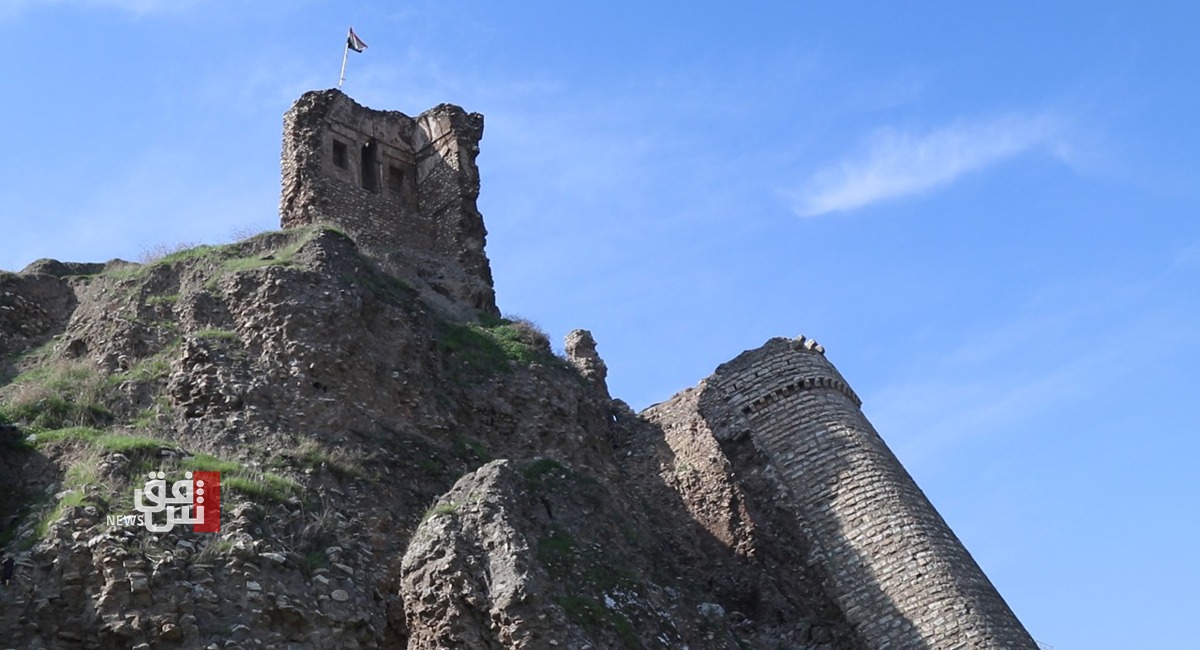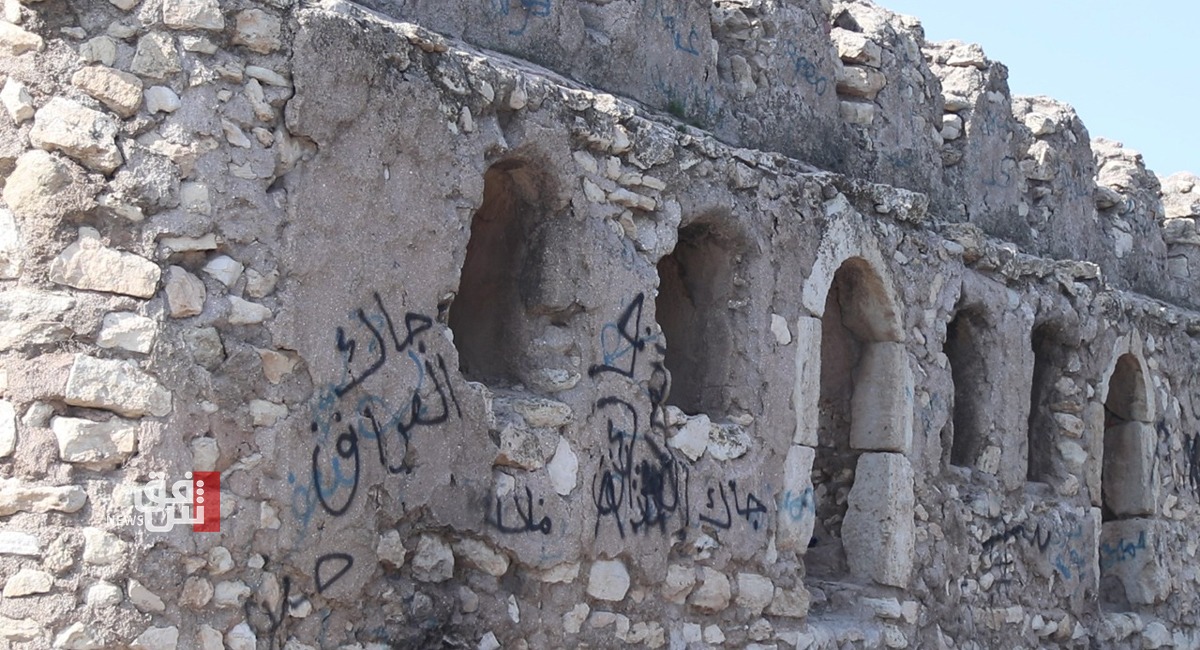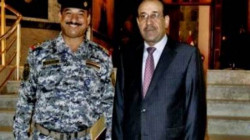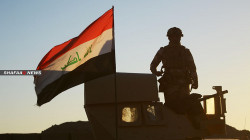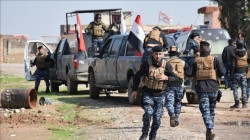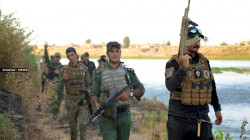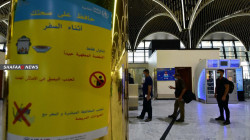After it stood up to Hulagu Khan and Al-Basasiri, derelict takes its toll on Bashtabiya
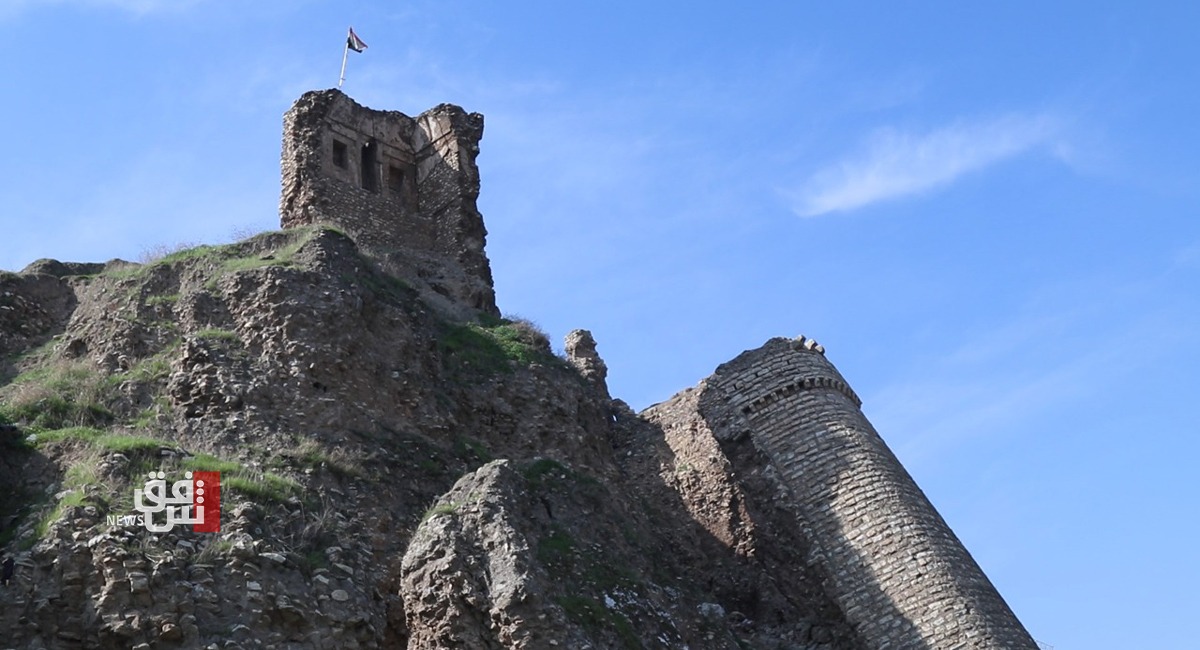
Shafaq News / Mosul’s residents could do nothing but watch helplessly as the Bashtabiya Castle turns into an abandoned place after it was attracting countless tourists before 2003.
The castle’s history
“Bash Tapia” is a two-word Turkish designation that means "main fortress" in English. It is located at the highest point in Mosul, 150 feet above the Tigris River.
This castle was built in the Umayyad period in 126 AH and remained a figure until 450 AH when it was destroyed by Al-Basasiri (a Turk Arslan Prince).
It was rebuilt 25 years later under the Atabiki reign, and it was the eastern fortress of that state.
The castle was demolished first during the Hulagu Khan campaign in 660 AH and then again in the Timur campaign in 726 AH. It was reconstructed in the 16th century by Governor Pasha Isma’il Al-Mosuli and was restored in the 17th century by Pasha Hussein Al-Jalili.
Mosul’s eye
Ahmed Abdullah told Shafaq News Agency about the extent of neglect this historical landmark has inflicted, "This castle has always drawn the tourists' attention before 2014. But then it turned into an abandoned place and later became a military barracks before ISIS’s occupation in 2014. After the liberation of the city, the castle was neglected - to this day - without any governmental care".
UNESCO’s role
During ISIS control, Mosul lost hundreds of archaeological and heritage sites.
UNESCO is trying today, in cooperation with the Ministry of Culture, Tourism, and Antiquities, to restore what is left of the city's history, as well as to rehabilitate some archaeological sites such as Qara Serai and the Great Mosque of Al-Nuri in Old Mosul.
“Nothing will change in Bashtabiya for the time being,” Nineveh’s Antiquities inspector Khaireddin Ahmed told Shafaq News Agency. He is trying to roll plans for its reconstruction and restoration, but the financial allocations are halting his efforts.
"Mosul lost dozens of important archaeological sites during ISIS control, such as the Nimrod site, the Sennacherib Palace in Kouyunjik Mound, Mosul's archaeological gates, the archaeological wall, Tal Afar castle, which was completely bulldozed," Ahmed added.
He stressed the quest for "Cooperation from international organizations, to include archaeological sites for restoration, such as Qara Serai - which was adopted by the University of Pennsylvania - and the Great Mosque of Al-Nuri with several other sites adopted by the UNESCO."
Ahmed explained that they follow the policy of working on one site at a time because the destroyed sites "will cost a lot of money" and this is not available at the moment.
"Bashtabiya Castle will remain in its current state until there is enough funding to restore it,” Ahmed concluded.


